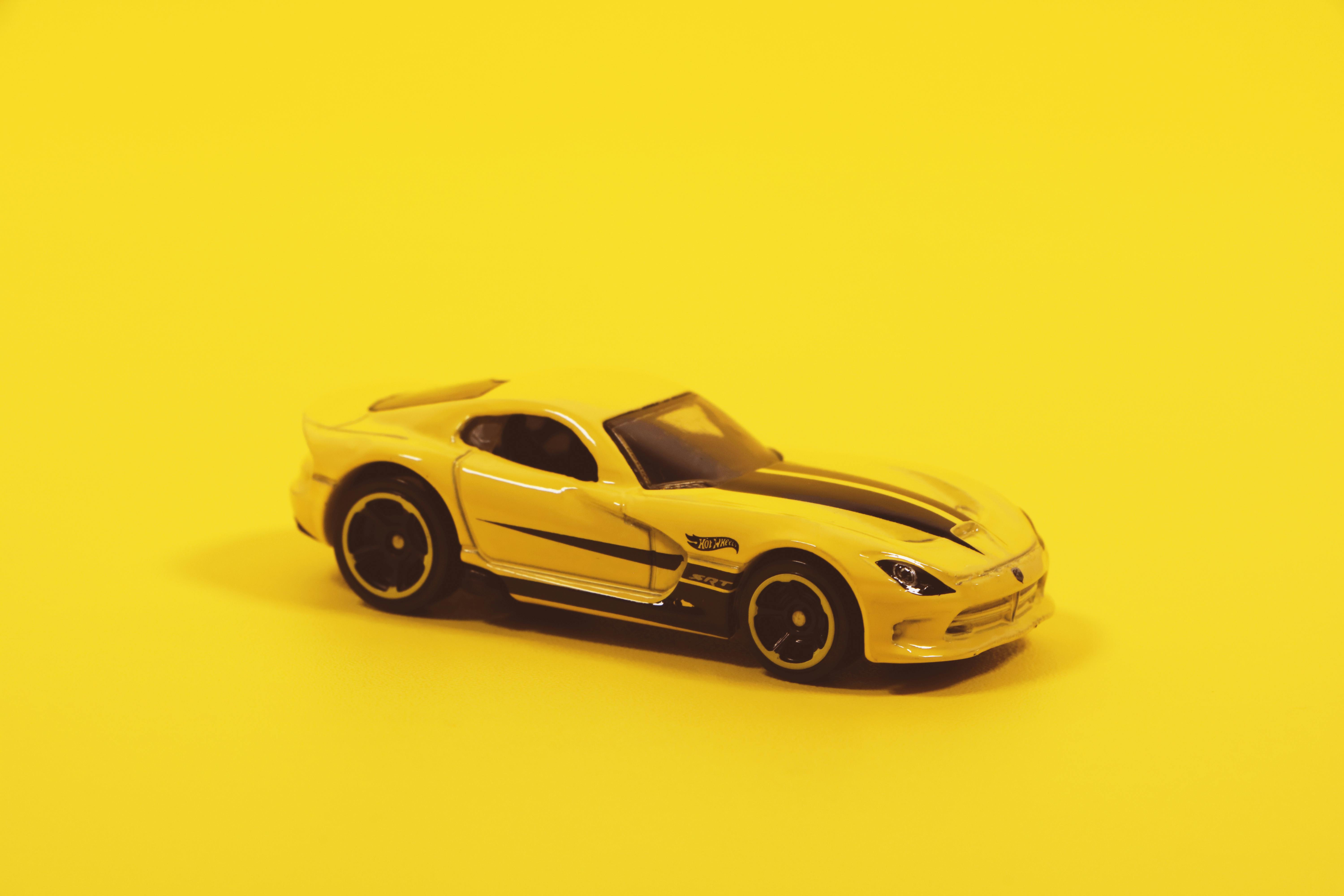Cudglebar Stud has been breeding pure colonial Arabs in Australia since the stallion was founded by Mary and Jack Ellery and their son Les in 1930. The Ellerys had been the horse breakers for the McDonald stallion since its inception in the WWI years. and they remained that way until McDonald’s dispersal in 1953. The two stallions enjoyed a close association.
McDonalds had founded his stallion with five Arabs from Brown’s stallion at his death, stallions Harir (Berk x Hamasa de Mesaoud x Bint Helwa), Raisuli (Rief x Ayesha de Rafyk x Namusa), Prince Nejd (Shahzada x Nejdmieh) and the sisters Rabi and Sekh (Rafyk x Namusa of Ahmar x Narghileh of Mesaoud). Mr. Brown was one of three men who had bought Arabs in the dispersal sale of the original Australian stallion, Quambi, the others being AE Morrow and the Hon. S. Winter-Cooke. From the Quambi dispersal, Mr. Brown had purchased stallion Faraoun (Mesaoud x Fulana) and full sisters Sekh, Rabi and Anyesa. The Quambi stallion was Australia’s first Arabian stallion, founded on imports of Crabbet Park Stud from Blunts between 1891 and 1901. Lady Anne Blunt later gifted the Rief stallion to Major R. Brown. Rief (Sotamn x Ridaa de Merzuk x Rose of Sharon) became an important lineage for the Cudglebar Stud.
The Cudglebar Stud was founded with the purchase of stallion Kailhan (Raisuli x Zarif by Faraoun) from McDonalds, followed later by stallion Mameluke (Raisuli x Gadara by Berk son Harir x Zarif by Faraoun) and the lease of Balkis mares (Shahzada x Nejdmieh) and Esther (Shahzada x Miriam de Nadir x Ranya de Nasik).
In 1953, Harold McDonald called Les and said they were dispersing the stallion. He told Les that he could buy the beaks of the mares. He chose three females,
the Midi mare that was sire Anouk (Rakib x Arabette by Raisuli x Sa-id), the heavily bred one year old filly Shahzada Rumma (Aladdins Lamp x Jeddah by Prince Nejd) and the elderly Esther, who did not breed again . They were particularly captivated by a liver chestnut mare that they had not seen before. Harold told him that the mare was 13 years old and had never been ridden or bred. The mare was Yenbo II, the full sister of the famous father Zadaran. He eventually won numerous awards for hacking with her. The McDonalds had raised Kasr (born 1951, Sala x Esther by Shahzada) and rented him to Les for two years in exchange for his saddle education. He raised Yenbo II with him, and the resulting colt was Darik.
From the Darik line came the Australian National Heavyweight Endurance Horse, Cudglebar Drifter (ex. United Arab Emirates); Golden Saber, Line Honors, Sydney to Melbourne “Bite the Bullet” 500 Mile Ride, Cudglebar Kasr, Stockmans Hall of Fame heavyweight winner, and Logie Brae Hassan, National Open Endurance Horse.
In 1979 and 1980 he rented them the Helicon college stallion from Hyksos Stud. Helicon (Sala x the Jelbart mare Mira by Kataf x Melika) was a 7/8 brother of Arcadian’s mother, well known as the father of many endurance winners, including Quilty Robbie winner, and grandfather of BBP Electra Murdoch. Both Helicon’s mother, Mira, and Mira’s mother, Melika, were raised by Mr. Jelbart himself. The Jelbart stallion had been founded on the Quambi, Winter-Cooke, Leonard-Brown lines, with the addition of the Kataf stallion, imported by Mr. Bonython from South Australia in 1935. Kataf’s father was raised in the desert , and her mother was from Ali Pasha Sherif Lines. The NSW Department of Agriculture was founded with eighteen Jelbart mares.
Helicon was only two generations from the desert. From Helicon, The produced heavyweight endurance horses and 100 mile Endurance Ride winners.
In the 1990s, Les was used by Christine Speers’ stallion, Cairo *, whose sire was 100% Australian from pure colonial lines originally exported to New Zealand, and whose dams, Manak and Nuhra, were both desert bred. Cairo’s best-played son is Cudglebar Tarquin, 2006 National and NSW Lightweight Points Horse and National and NSW Runner up Distance Horse. They like desert-bred horses closely on a pedigree, as he says people haven’t had that long to interfere with the original type.
In late 2006, 83-year-old Les Ellery, after decades of drought, decided to move his entire stallion to northern New Zealand. In 2008, Les returned to Australia, having left most of his horses in New Zealand.
